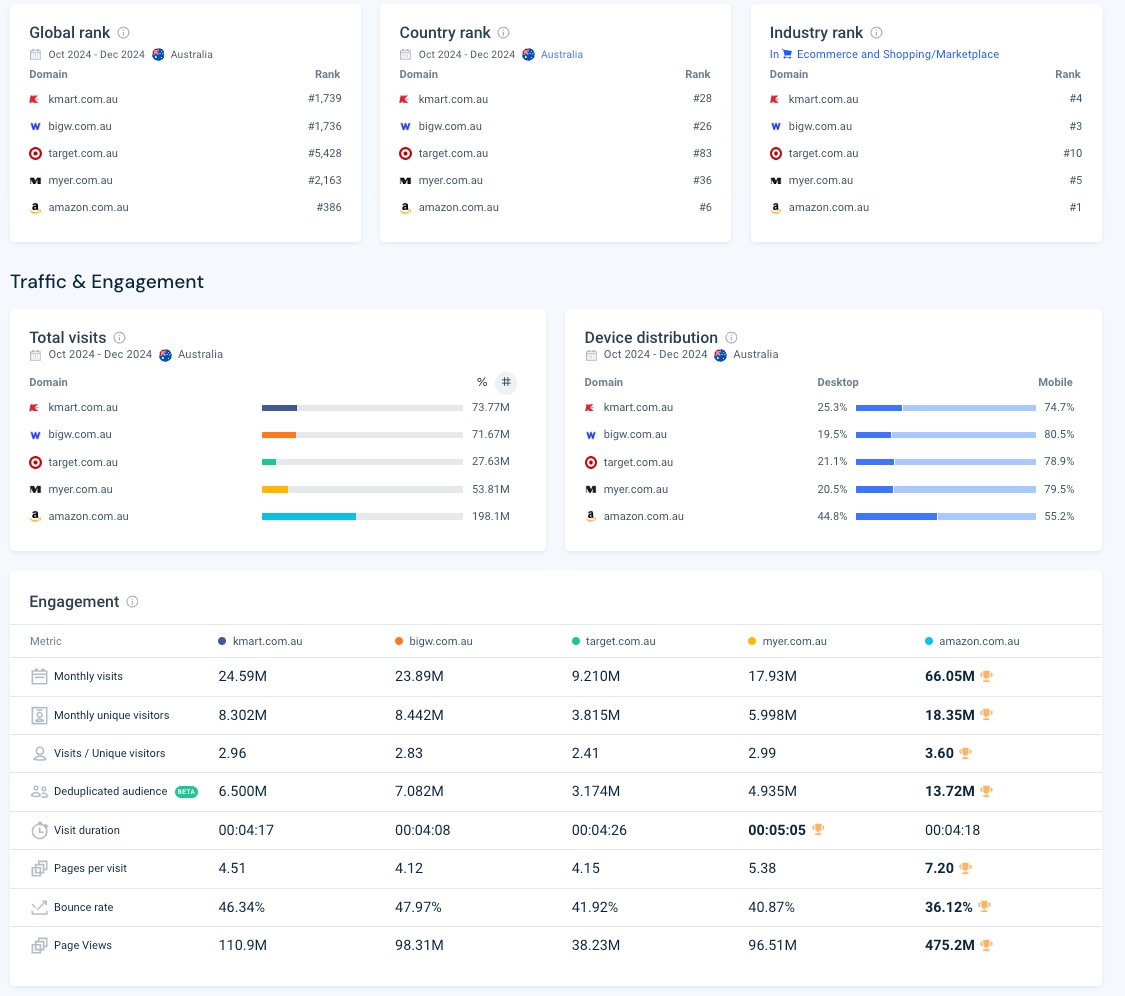Competitor Analysis 2.0: Outmaneuver Rivals with Data-Driven Precision


Competitor Analysis 2.0: Outmaneuver Rivals with Data-Driven Precision
Introduction
Rivalry in the digital era is unforgiving. A single misstep can see customers shifting allegiance to competitors who offer quicker service or more engaging experiences. Harvard Business Review notes that companies performing competitor analysis at a granular level often realize up to 25% faster growth.
From Basic to Advanced Competitor Analysis
- Traditional Methods: Checking competitor websites, following their social channels, and scanning headlines for big announcements.
- Competitor Analysis 2.0: Leveraging tools like SEMrush, Ahrefs, or SimilarWeb to see real-time keyword rankings, traffic distribution, and backlink profiles.
Decoding Their Playbook
- Traffic Sources: Is your competitor drawing leads predominantly from organic search, paid ads, or referral links? Understanding this can help you rebalance your own channel strategy.
Content Strategy: Examine the frequency, tone, and depth of their blog posts, white papers, or videos. If they’re excelling with weekly webinars, that might hint you should launch your own.- Pricing & Promotion: If they’re running aggressive discounts or bundling services, you may need to pivot your pricing strategy or double down on unique product features.
Building Your Counterattack
- Identify Gaps:
Where they’re weak, you can be strong—like shining in content marketing if they neglect it.
- Differentiate: You don’t want to be a clone. Emphasise aspects they overlook, such as advanced personalisation or exceptional customer service.

Similarweb competitive analysis - Kmart, bigw, target, myers and Amazing snapshot
Conclusion
Competitor Analysis 2.0 is a continuous, data-driven practice. Simply knowing a rival’s URL isn’t enough. By drilling down into their traffic sources, content angles, and promotional tactics, you can craft a strategy that not only matches but surpasses them. Stay vigilant, adapt quickly, and you’ll always be a step ahead.

